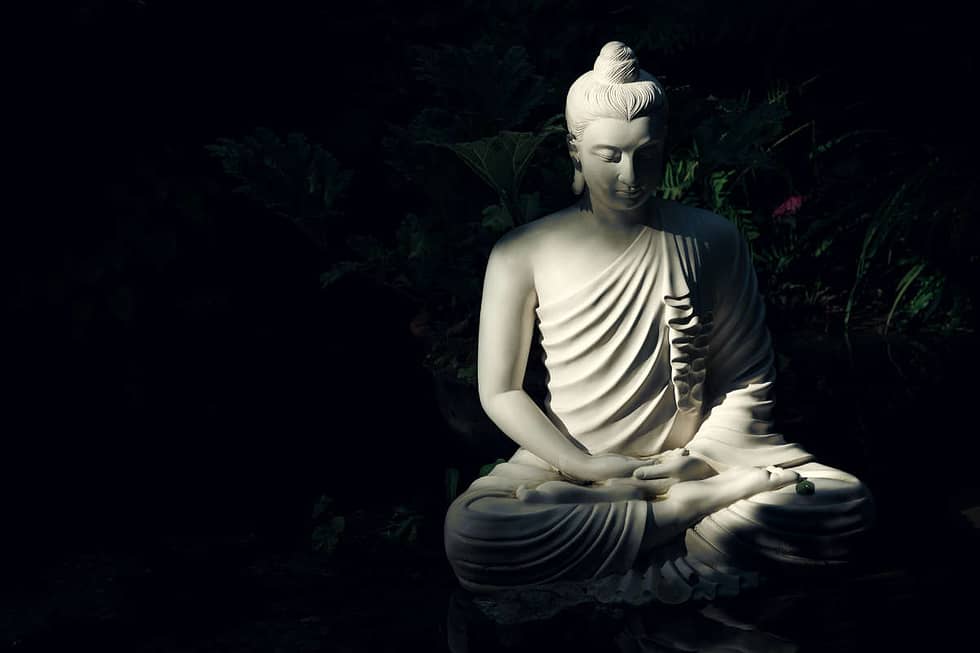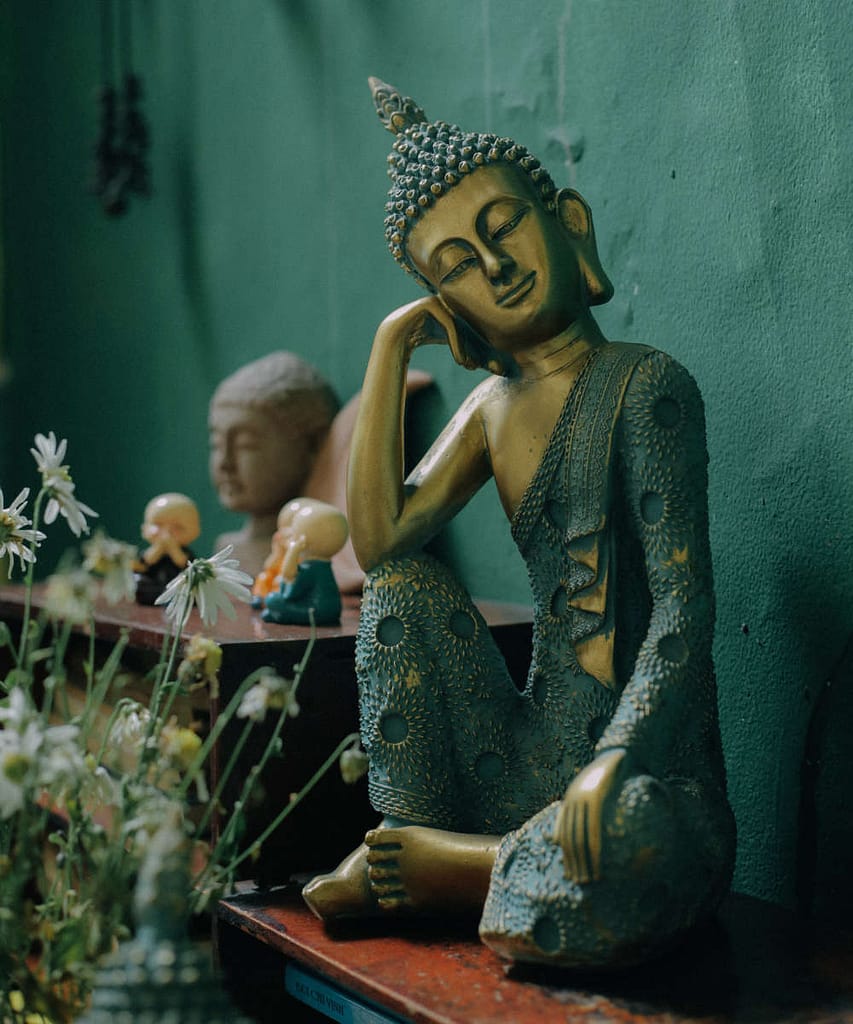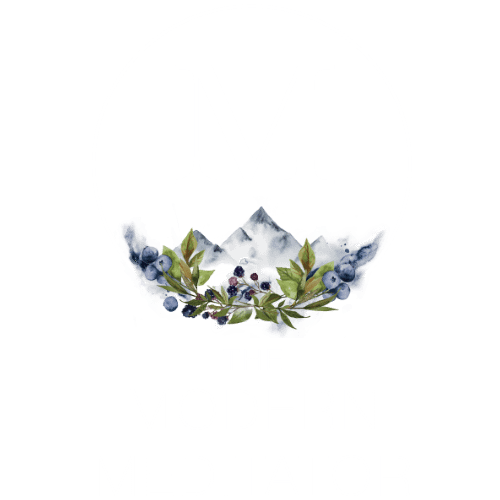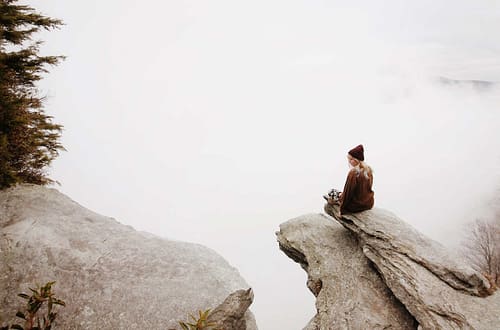Confessions of an Imperfect Meditator
If I told you I meditate for an hour each morning, you might think, wow, that’s impressive! I can barely fit five minutes (if any) into my schedule. I could never sit still for that long. How do you block thoughts for longer than two minutes? Your concentration must be so superior!
But I’m here to admit to you what my hour-long meditation sessions really look like, and hopefully dispel any preconceived ideas that I sit still, that I don’t think, that I don’t slouch, that I don’t check my phone.
And then, after you’re done thinking, well, that’s not really meditating, is it? you might feel inspired to loosen up about your own practice and find renewed energy for it just as I did.
The Origin Story
Let’s track back to the moment in October, 2012, when I took my first. mindful. breath.
I’d been serendipitously introduced to meditation (at a time where panic attacks were leaving me frighteningly short of breath) via two captivating reads:
Buddhism for Busy People and Hurry Up and Meditate – by David Michie.
Apart from some childhood stints at Sunday school, this was my first introduction to anything spiritual whatsoever – it was all so new and compelling, I read them each three times.
I ate up every word. I followed the instructions to the letter. I turned those panic attacks around.
Perhaps there’s something about 10 years that’s inspired me to dust off the covers of these two life-changing books and take a li’l trip down memory lane.
I was curious.
What would 2022-me think of 2012-me?
Within a few pages, it all came rushing back. While most of what David speaks of is still utterly engrossing – his easy to understand explanations of Buddhist concepts; relatable personal stories of unrelenting work schedules; and the compelling (science-backed) reasons to meditate – I was surprised to feel a disconnect to the strict Tibetan meditation instructions that I followed so rigorously all those years ago.
Meditation Suffers a PR Problem

Ten Percent Happier author and podcast host, Dan Harris, often says meditation suffers from a PR problem. And while I believe he’s referring to some of the cultural garnishing that doesn’t always gel with the western way of life, in my opinion, the other PR problem is in the instructions themselves.
Take for example, this instruction on how to sit, from Buddhism for Busy People.
The Seven-Point Meditation Posture
- Sit cross-legged
- Rest your hands in your lap, right hand in the left, like a pair of shells, thumb tips meeting
- Keep a straight back
- Mouth, jaw and tongue should be relaxed – not slack but not tight
- Tilt the head slightly forward. Not too far or you may fall asleep!
- Eyes should be either half closed, gazing unfocused onto the floor in front, or if it’s easier, closed, but not too tightly.
- Shoulders should be level and arms jutting out comfortably, allowing air to circulate around the body.
As a complete beginner, I took these instructions very literally. I believed every point listed was as crucial to the practice as the meditation instructions on how to count my breaths.
“As you breathe out, count the number “one” in your mind, then on the next out-breath, “two”, then “three”, “four” and so on. Don’t focus on anything else – for example, don’t follow the air travelling into your lungs, or your ribcage rising and falling. Don’t allow your mind to wander from the tip of your nostrils. Don’t fall asleep.”
If I told you, don’t think of a pink elephant, could you do it?
Don’t get me wrong, I love breath counting. I did it for many years. It’s only now that I look back at how it was presented that I think, blimey, no wonder meditation sounds hard, and to some people, completely off-putting. Only a brave (or, in my case, desperate) few would dare to persevere.
Perfectionism Has No Place in Meditation

I’m surprised I stuck at this style of instructions for so long. It’s no wonder “doubt” is one of the five hindrances to meditation in Buddhism. It obviously points to how desperately I wanted relief from anxiety and panic.
Eight years later, as I embarked upon becoming a qualified meditation instructor, something drew me (quite uncomfortably, actually) to the seemingly “rebellious” teachings of Matthew Young from Melbourne Meditation Centre, and his curriculum of unorthodox authors.
- Eric Harrison, author of The Five-Minute Meditator, describes how even with intermittent focus on a sensory experience (sounds or physical sensations, for example), we can still bring about the relaxation response. (I didn’t spot a don’t in there once.)
- Lorin Roche, author of Meditation Made Easy, offers techniques he calls “Do Nothing” and “Take a Conscious Nap.”
- Jason Siff, who wrote Unlearning Meditation, says to let our mind roam free during meditation and every now and then, notice the hands.
- Light Watkins, author of Bliss More, advises to sit with a supported back, and if you fall asleep – no problem!
As I unravelled what I thought were “authentic” instructions and took on board what these alternative teachers were advocating, something unexpected happened.
I became a consistent early-morning meditator.
The Secret’s Out

With all those shoulds, have-tos, and don’ts, I can see why meditation was previously just too much of a chore to get up early for.
Now, since my practice has become so liberated, I no longer rue the alarm going off before dawn – in fact – I look forward to it!
Here’s what a typical morning now looks like:
- Wake up to 5:45am alarm
- Press snooze, doze
- Chuck on trackies and a hoody
- Get up, go pee
- Grab an iced coffee from the fridge, and a blanket
- Open the lounge room blinds
- Snuggle back into the couch, feet outstretched on an ottoman
- Sit. Be comfortable. Do nothing
- Let my instincts decide whether to close my eyes or keep them open. (Usually, since I’ve had them closed for eight hours, they want to stay open.)
- Gaze out the window at the trees
- Pat the cat
- Sip more of my iced coffee
- Allow my mind to drift, to wake up
- Allow focus and concentration to find me, periodically – experience how my breath feels in my chest; the warm fuzzy feelings it creates; notice nighttime change to daylight; hear a kookaburra’s first laugh
- Glance at my phone. See what’s happened on socials, check my email
- Sip a little more of my iced coffee
- Drift in and out of thoughts
- Feel the call to sit up a little straighter, adjust my position
- Find the breath and warm-fuzzies again. Notice how the pleasurable feelings have spread through the whole torso, down the arms and into the legs
- Let this feeling of peace permeate my whole body
- An idea! A solution! Make a note in my phone
- Feeling grateful. Smile to myself
- There’s the breath again. Hello, sweet breath
- Hear the first footsteps of life from my family and bring this session to a close until another day.
One Size Fits But a Few
When I look back at the Seven-Point Meditation Posture, on one hand, I appreciate the discipline that all those rules eventually creates if you stick at it long enough. I became that disciplined meditator.
On the other hand, and with the benefit of hindsight, I also see a list that assumes a one-size-fits-all approach to meditation. A particular style that suits a particular person at a particular stage in their practice.
The more people I have the fortune of teaching meditation to, the more I realise that the only meditation that they’ll benefit from is the one they actually do. That requires options, suggestions, and an invitation to trust their own instincts to create a practice that is as unique as they are.
And then, if they want to try out the Seven-Point Meditation Posture, I’ll say, go for it!
Curious to see what a no-rules meditation feels like? Here’s a spot meditation where for three minutes, you have permission to “Do Nothing”. Give it a try – if you dare!





